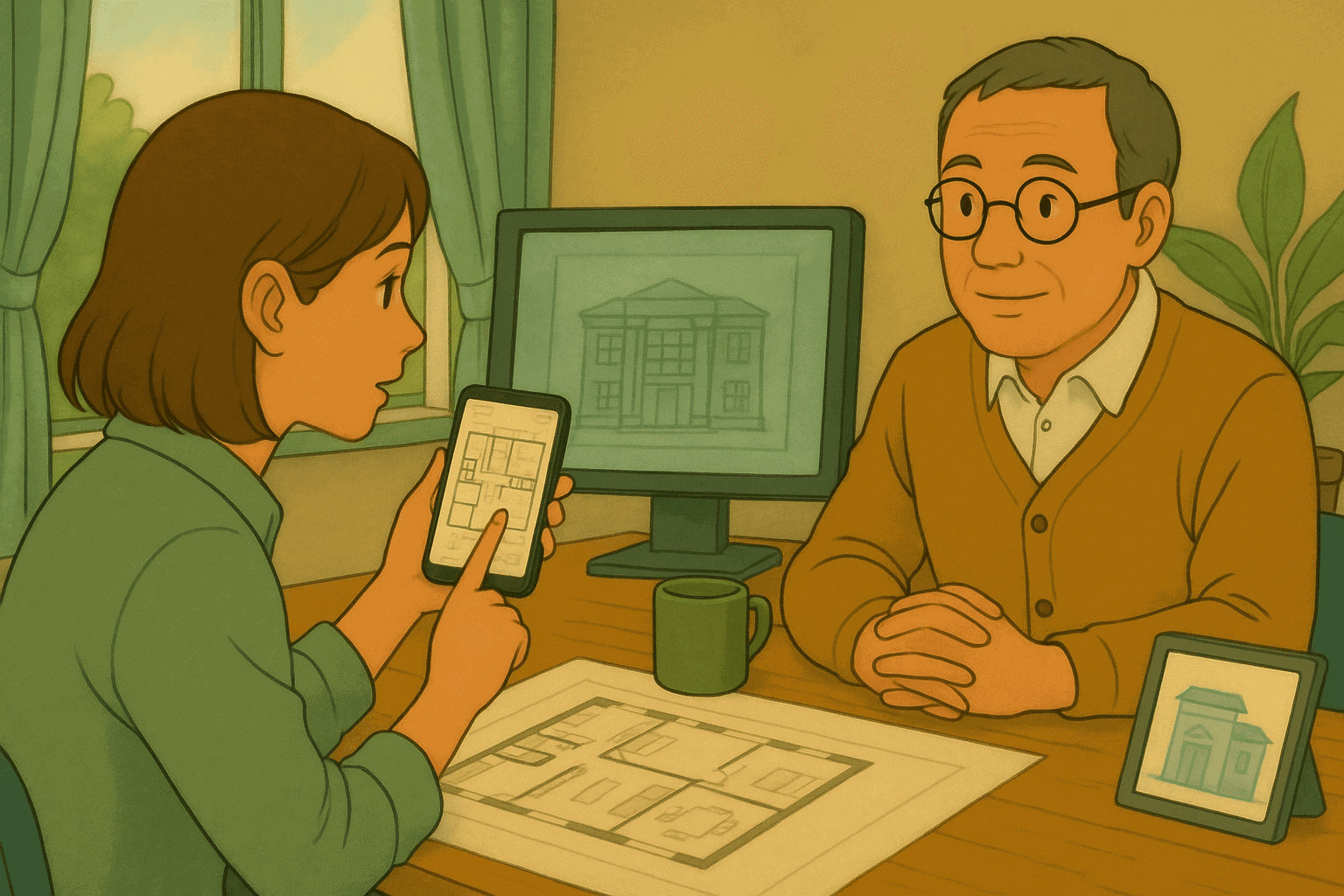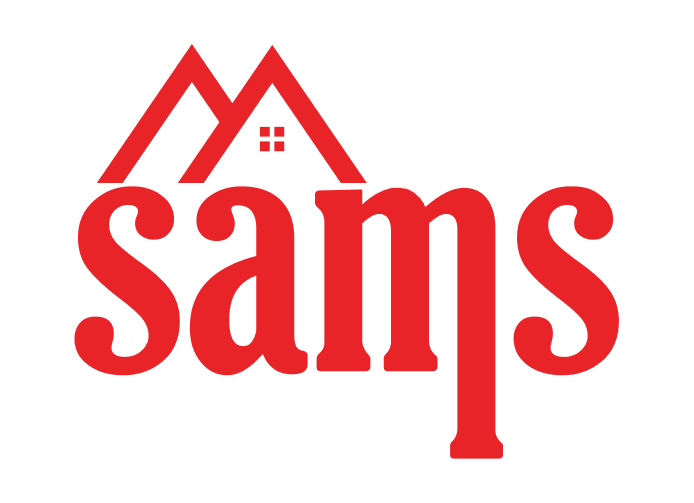Creating Accountability in Architecture Teams: Systems That Actually Work

Introduction
In architecture and interior design studios, success isn't just
about great design — it's about execution and delivery.
But
when teams lack accountability, deadlines slip, drawings get
delayed, and site work suffers.
Blaming individuals doesn't
solve the problem.
What you need is a system that builds
accountability into the daily workflow.
Let's explore why
accountability matters, why it often breaks down, and what tools
actually help your team take ownership of their work.
The Problem: "I Thought Someone Else Was Doing It"
Sound familiar?
- Tasks get missed because they weren't assigned clearly
- Junior team members wait for follow-ups instead of taking initiative
- No record of who was responsible for what
- Team leads constantly micromanage just to keep things moving
These issues create delays, confusion, and frustration — for both teams and clients.
What Real Accountability Looks Like
True accountability means:
- Every task has a clear owner
- Deadlines are set and visible
- Updates are tracked in real time
- Team members can't hide behind confusion
- Managers don't need to follow up constantly
When systems enable this level of clarity, people naturally become more responsible.
Systems That Actually Work
1. Task Assignment with Status Tracking
Use a system (like SAMS) where tasks are:
- Assigned to specific team members
- Labeled with status: Pending, In Progress, Completed
- Attached to relevant projects or drawings
- Deadline-bound
2. Dashboards for Team Leads
Instead of chasing updates in person or on WhatsApp, studio leads can:
- View each team member's workload
- Track overdue or idle tasks
- Spot bottlenecks early
This allows for better delegation and removes micromanagement.
3. Daily Check-ins & Digital Logs
Short check-ins help identify roadblocks early.
When paired
with digital systems, these logs become permanent records of:
- Who said they'd do what
- What was actually completed
- Why certain things were delayed
This is data-driven accountability.
4. Time Tracking
Link time logs with tasks to understand:
- How long each stage of the project takes
- Which team members are overloaded
- Whether project budgets are realistic
This turns accountability into a measurable metric, not just a feeling.
5. Automated Reminders & Notifications
Let the system remind your team — not you.
Tools like SAMS
can:
- Send reminders before deadlines
- Alert you when a task goes idle
- Notify team leads of inactivity
It's less effort for you, more discipline for the team.
Studio Example: From Chaos to Clarity
A 10-member architecture studio moved to SAMS after constantly
missing drawing deadlines.
Within 1 month:
- Tasks were being tracked properly
- Idle time dropped by 25%
- Junior staff started taking more initiative
- Studio leads finally had time to focus on design reviews
Accountability didn't come from pressure — it came from structure.
Conclusion
Accountability isn't about strict rules or blaming team
members.
It's about building clarity, ownership, and
follow-through into your workflow.
With the right systems in
place, your architecture team can deliver projects faster, more
reliably, and with less stress.
💡 Ready to grow your design firm without sacrificing quality?
Try SAMS – the management tool trusted by 100+ architectural
studios.
Frequently Asked Questions (FAQs)
A: Because many studios rely on informal tools (like WhatsApp or Excel), task ownership and deadlines often aren't clear. Without structure, things slip through the cracks.
A: Yes. Tools like SAMS assign tasks, set deadlines, and track updates — making each team member accountable for their work without constant supervision.
A: Task ownership, deadline tracking, time logs, project dashboards, and automated reminders — all designed specifically for architecture workflows.
A: Possibly at first, but once they see the clarity it brings — and how it reduces confusion and repetitive follow-ups — they usually adopt it quickly.
A: Most studios see improvements in team responsiveness, task tracking, and on-time delivery within 2–4 weeks of structured implementation.
How Time Tracking Can Help Architects Understand Project Profitability

How Studio Owners Can Gain More Visibility Without Micromanaging

Client Communication in Design Projects: Why Structured Tools Win Over WhatsApp
© 2022-2025 | SAMS | All Rights Reserved

